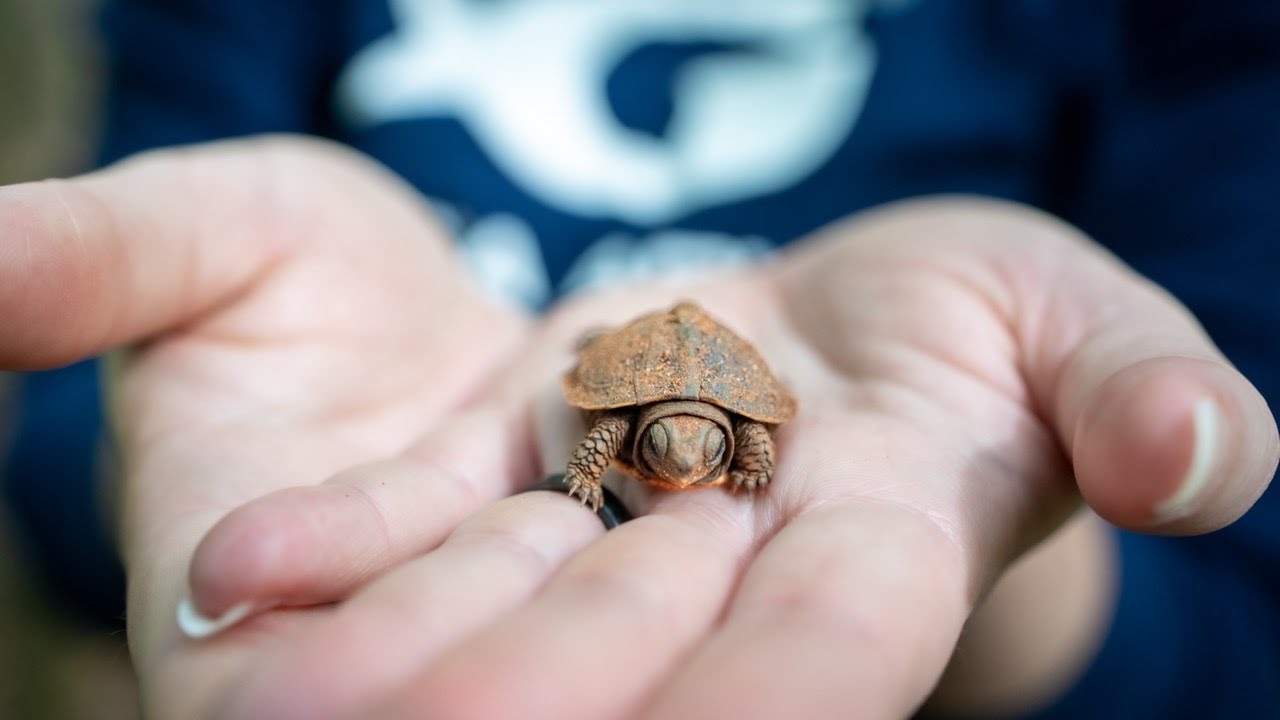– The importance of the Georgia Aquarium and Southern Conservation Trust partnership for box turtle conservation efforts.
– The role of box turtles as indicators of environmental health and biodiversity.
– The methodology and technologies used in box turtle nesting research.
– The broader implications of the research for wildlife conservation and ecosystem management.
The collaboration between Georgia Aquarium and Southern Conservation Trust signifies a vital step forward in conserving box turtles, a crucial species for indicating the health of their habitats. This partnership leverages both organizations’ strengths, combining robust scientific research with committed conservation efforts. The initiative focuses on box turtle nesting research, aiming to gather essential data that will inform conservation strategies for the turtles and the broader ecosystems they inhabit.
Box turtles are a pivotal species within their ecosystems, serving as prey and predator in their food chain. They contribute to the health of their environments by aiding in the decomposition process and facilitating seed dispersal. Unfortunately, their populations have been declining due to habitat loss, road mortality, and illegal pet trade, making research and conservation actions by institutions like Georgia Aquarium and Southern Conservation Trust more critical than ever.
The box turtle nesting research methodology uses field observations, technological tracking devices, and data analysis to gather information on nesting sites, population health, and habitat use. Researchers employ GPS technology to track the movements of box turtles, focusing particularly on nesting females. This allows for a better understanding of their spatial requirements and seasonal behaviors, integral in crafting habitat protection plans and identifying critical conservation areas. The research strives to balance technical rigor and accessibility to ensure the findings are actionable for conservation purposes.
Beyond the direct benefits of box turtle conservation, this research has broader implications for wildlife management and ecosystem preservation. Box turtles are considered a keystone species; thus, protecting them contributes to the health and stability of their habitats, benefiting countless other species. This initiative exemplifies how targeted research on a single species can have widespread environmental benefits, underscoring the interconnectedness of ecosystem components. The findings from this partnership aid in developing more informed conservation strategies and serve as an educational tool, raising awareness about the importance of each species in an ecosystem.
Furthermore, the Georgia Aquarium and Southern Conservation Trust project serves as a model for collaborative conservation efforts. It highlights the power of partnerships between aquariums, conservation organizations, and research institutions in addressing wildlife conservation challenges. By pooling resources and expertise, these collaborations amplify the impact of their conservation work, setting a precedent for future global projects.
In summary, the partnership between Georgia Aquarium and Southern Conservation Trust on box turtle nesting research is a testament to the importance of collaborative efforts in wildlife conservation. Through detailed research and a focus on actionable outcomes, this project aims to protect and understand box turtles and sheds light on the broader ecological impacts of their conservation. Such initiatives are essential in fostering a sustainable coexistence between humans and the natural world, ensuring the preservation of biodiversity for future generations. The work being done today lays the groundwork for a healthier, more biodiverse tomorrow, reflecting a deep dedication to the stewardship of our environment.
*****
Source Description
This extraordinary partnership set out to protect the delicate box turtle nests within The Ridge Nature Preserve and gather data to better understand the substantial box turtle population in the area. The results have been nothing short of spectacular. With a total of 23 box turtle nests safeguarded throughout the nesting season. The success of this collaboration demonstrates the power of teamwork and a shared commitment to preserving this remarkable species.
The highlight of this year’s endeavor is the remarkable success in hatching. More than 40 hatchlings have resulted from this collaborative effort, marking a significant increase in the box turtle population within the region. Nesting season for box turtles generally starts in the spring and concludes with hatching in the fall. Last year, 12 nests were protected in The Ridge Nature Area, with nine hatchlings. The dense population of box turtles in one area is significant. The data collected from this population will provide insight into the local environment’s health and aid researchers in determining practices to help conserve this species in other areas.
Box turtles benefit greatly from protected areas – which maintain natural habitats and protect them from predators, visitors, and vehicles. However, habitat loss, traffic incidents, and collection for the pet trade are all factors that can contribute to species decline. Georgia prohibits Eastern Box Turtles from being taken as pets because they are considered vulnerable on the IUCN red list.
If you come across a box turtle, do not disturb them unless removing them from the road. Box turtles have a homing instinct which gives them the ability to navigate to a “home base” despite being in an unfamiliar area. Box Turtles will wander continuously until they reach their home base if they become separated from it.


